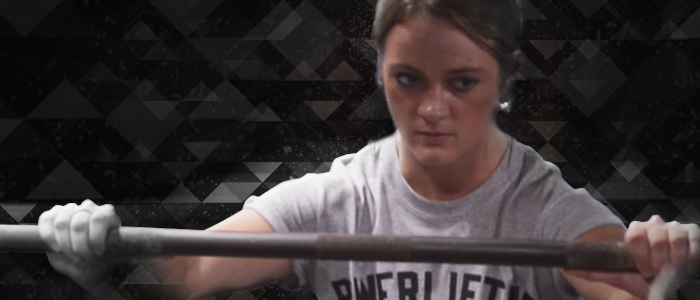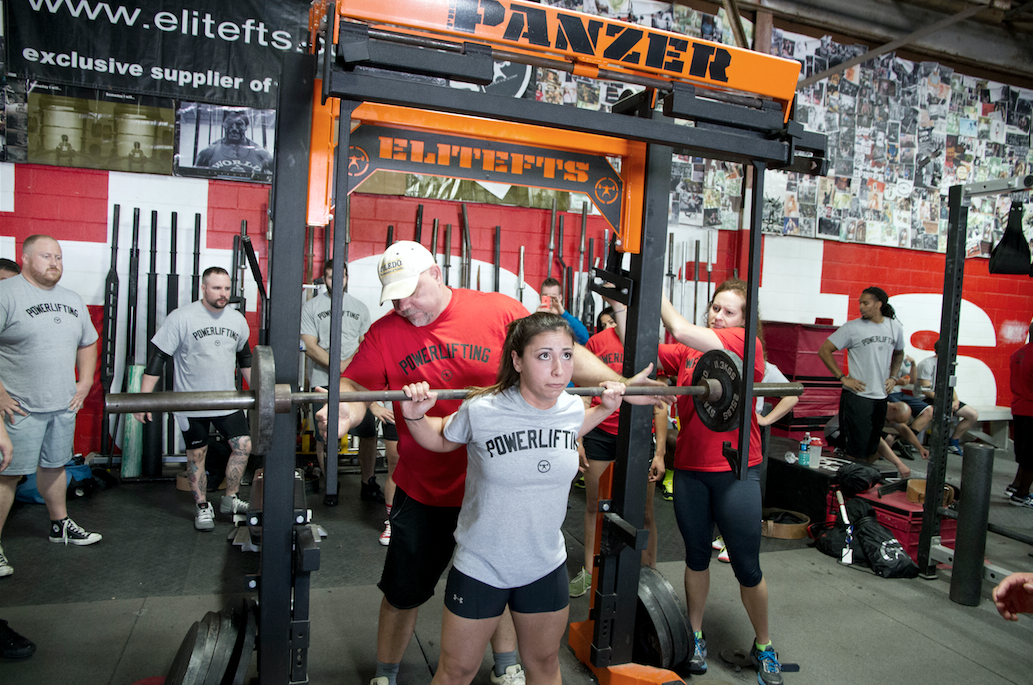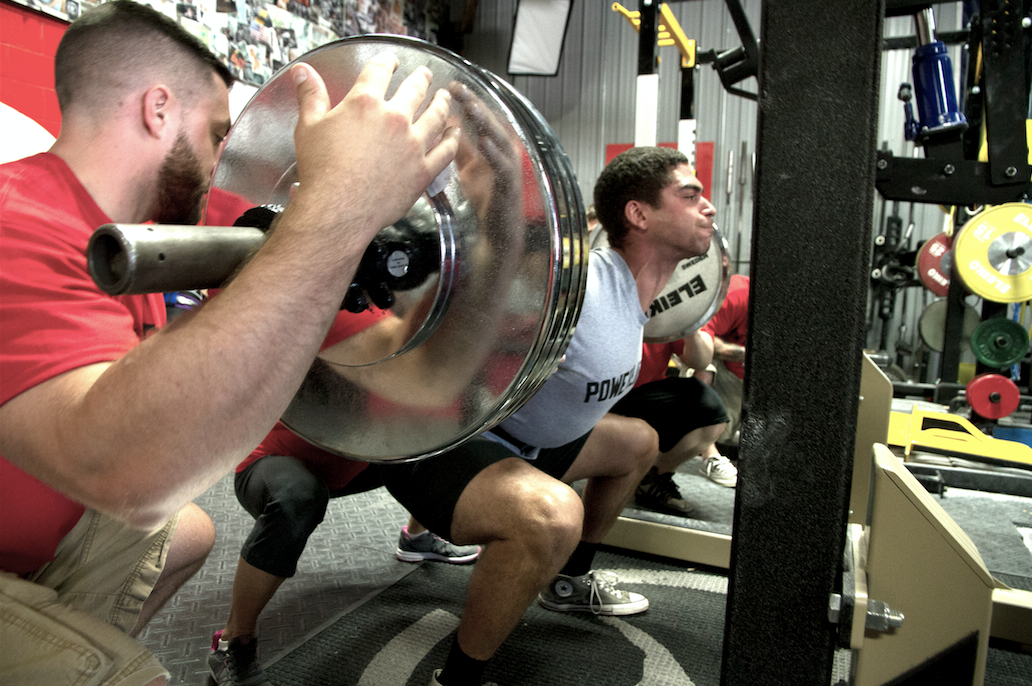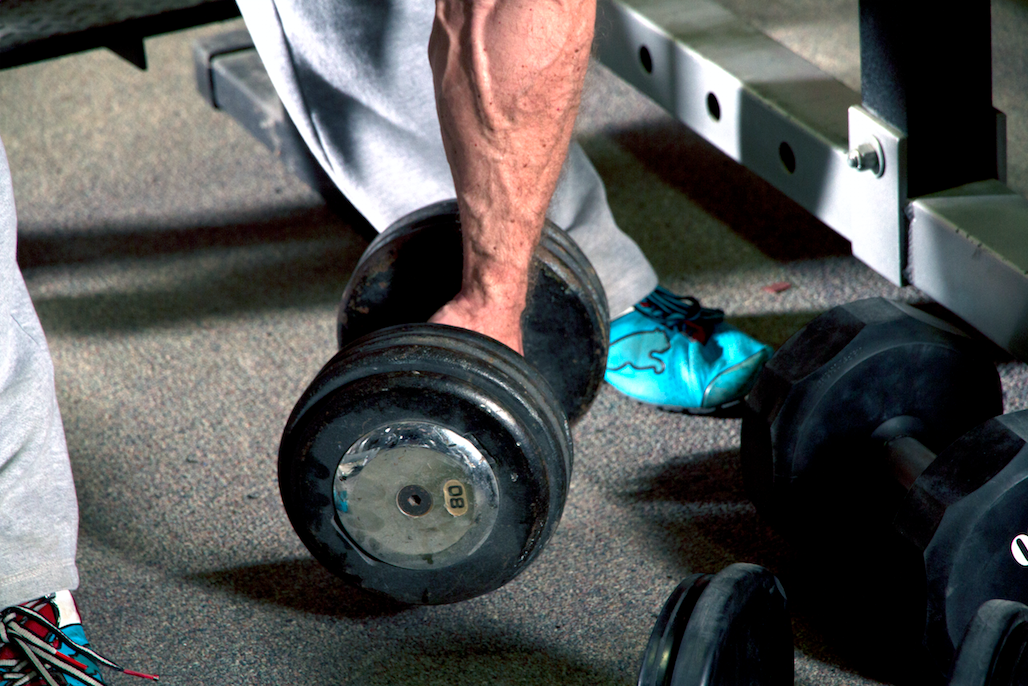
It’s funny, as a PT, when I ask people how their training is going. I usually get one of three responses:
1. Optimus Prime Mode. Things are moving great, no injuries, I feel awesome. I’m invincible and will throw a car across the room to demonstrate, even if car throwing is not written on programming. How’d I do? Let me throw it again, farther this time.
2. The Nagging Injury Phase. I hurt, notably, but I’m going to keep training because a) I genuinely love to train, b) I’m scared of what will happen if I stop and/or have a meet coming up, or c) I’m hanging onto Prime Phase desperately and don’t want to dial back. This is ego, and something you need to get in check. Phase 2 usually follows Prime Phase, with some overuse and susceptible areas starting to speak up. Some of this may sound familiar:
“I get really frustrated when things don’t move as well as they should but blame it on my ____.”
“I know it’s a high percentage, but I’ve hit it consistently. It shouldn’t hurt. It should move faster.”
“I’m not progressing and the same weights are starting to be painful and/or slow.”
This generally feels like one step forward, two steps back, or some version of a tango. You hurt before training, you hurt worse after, but you “can” train as long as you’re willing to deal. As much as I admire resolve and going in to get the work done, there’s a point to where it’s counterproductive and can contribute to progression into the next phase.
RECENT: Conquering the Fear of Failure: Voices of Influence
3. Rehab. That nagging injury or pain from phase two stuck around, and with the local inflammation and possible global accommodation, you’re really stuck on the sidelines. Here’s a hint: muscles don’t work so well on a neurological level when there’s inflammation in an area. Now try loading a bar and moving with speed. Not so quick? Feel lost with the bar? I’m not surprised.
Inevitably, we tend to cycle through these answers, the third being the clear pitfall, though I think they exist on a continuum. It’s nothing groundbreaking: we train, it goes well, we keep training or train even harder, and our bodies start to feel the effects. Ideally, we’d love to be closer to that first phase, but more than likely cycle through all three in a somewhat predictable manner. I think we can change that if we’re smart about it, operating more consistently somewhere between the first and second. It may mean not letting ourselves have those “prime” days as often, but pushing ourselves to where we know we’re creating change and getting stronger, without digging ourselves into a hole it takes too long to climb out of, will permit greater overall training time over the course of months. Treat your “rehab” as we do our training: progressive and forward thinking to create change.
We all have, or should have, an internal radar for how we’re feeling at any point in a training cycle. There’s usually something on the radar, inside or outside of training, that gives us a general picture of how we’re feeling. Don’t ignore that. Too often, we neglect the warning signs of phase two until we’re sidelined. We feel like Prime, and we want to keep feeling that way for as long as we can. We load the bar so we can push the envelope.
One of the biggest takeaways I’ve seen from coaches and athletes that have been around the sport for a long time (isn’t that the goal? To keep doing what we love, as long as we can?) is that there’s a gradual shift in mentality. These coaches and athletes continually assess where they are on the continuum, and when they find themselves cycling too quickly towards either end, generally, they adjust. I don’t think that’s any coincidence, as the importance of longevity of training becomes a more relevant priority if we want to continue competing. With experience, the reigns on the horse start to take over a little bit, and the number of times actually entered into the third phase decreases. Time spent somewhere between phases one and two increases, even if it means less overall time in phase one. Moderation: Be the tortoise, in Clint Darden’s words. Train consistently over the course of time.
Swede Burns is someone I have learned a TON from in the last few months. If you haven’t noticed, Swede’s lifters continually come into meets healthy, PR, and move on. There’s longevity there.
Perhaps the biggest thing I’ve learned from Swede is consistency in training that has essentially kept me a shade of gray between phases one and two. Push yourself to do the BEST work you can without spending too much time in the lower end of phase two, even if it means spending a bit less time in the first. Why? Phase one is where a good deal of stress happens, dysfunctional strength can develop to cater to weak points, (more on this later), and susceptibility to injury increases.
The problem is that it actually takes getting to phase three to get to this mindset. It creates an uphill battle that could have been easily avoided. By adjusting training slightly, you reap a primary benefit of actually being ABLE to train, even if not at a monstrous level or hitting the numbers you “need” to hit. In my (albeit limited) experience, a few pounds less on your scaled work sets in exchange for being able to train for the next six weeks is a no-brainer.
Once we cross the line into phase three, there’s a bigger problem:
We talk about “rehab” like it means we’re no longer training. I don’t think the problem here is that we take the time to rehab; there are times it’s necessary. The problem is that we let ourselves get here because we either didn’t stop to assess along the way, or we did but let our ego get the best of us. Unless the injury was traumatic, it likely could have been prevented if there was a greater balance in where you spent your time on the continuum.
Here’s the Meat:
I wrote about the “big picture” for how I approach movement with training in a previous article.
Forward Thinking: Injury Prevention. It makes sense to think that increased load through a portion of the body will eventually lead to susceptibility to breakdown.
Retrospective Thinking: Injury Treatment. Is this pattern a result of something else going on in the body? Are asymmetries indicative of injury?
I’d like us to challenge the idea that phase three = rehab = no longer training, by operating in a forward-thinking mentality and incorporating rehabilitative principles into our training. Most programs do quite a bit of this, anyway; training and keeping healthy really aren’t all that different, and we need to quit talking about them like they’re mutually exclusive. I’m not saying all injuries are totally preventable; what I am saying is we’re a smart enough group to take steps with our training (not just mobility work, warm-ups, etc.) to facilitate keeping your body moving its best.
Scrap the mentality of rehab and training as two separate entities and phases by being intentional and targeted with your other work, just like you are with he rest of your programming. There will be times it is necessary to prescribe one more than the other. There will be times you will likely enter a rehabilitative phase, but I don’t think we need to let that cycle repeat nearly as often or spend nearly as much time desperately digging out of an injury-related hole as we do by intentionally incorporating the three principles laid out in my previous article.
MORE: Correcting Asymmetries: Unilateral Work Versus Integration
I’m hoping to take those three key recommendations and utilize them as separate articles, with two key principles in mind. These are foundational in every bit of training, for strength or for rehab. If you remember nothing else, remember these:
- Test-Retest. This may be the barometer I mentioned earlier. Here’s the quick and dirty: Test-retest is a tool to monitor the effect of your techniques, training, or mobility work. We do this all the time with training: test max, train with systematic approach, retest max to see what effect it had.This is a clinical tool that can carryover to training, as well; it is the barometer mentioned earlier that tells you “this feels different” or “this is painful” that you are trying to create a change in. It may be a motion, like a bodyweight squat, or it could be a duration of time you can tolerate an activity (like sitting) before symptoms start. If you’re going to try to change your situation, you need a starting point to base your change off of that you can consistently test, employ techniques, and systematically re-test.
- Address the Why. This is where your targeted work comes in, and moreover, will help you keep from getting put in that third phase of pure, straight, no-fun rehab.
Here’s why I think this kind of stuff is ultra-important: when we talk about trying to stay in the game longer, often times, a lifter will talk to me about an asymmetry. It may be range of motion, strength, motor control, isolation, movement in a specific plane, etc. This makes sense — we usually get injured on one side, so what differentiates the two from each other?
Usually when we’re in phase three, we can retrospectively say “well, ____ didn’t quite function or feel like ____ on the other side.” Come back to that continuum; I see phase two as the tipping point, the balance of working through the “why” for that pain while healthy enough to pursue strength. Phase two can actually become a positive by identifying those aches or pains that may be a reflection of a bigger issue, while still permitting strength gains. This is where forward thinking happens. How we deal with those things is ultimately what drives where we go next and how much time (if any) we actually spend formally rehabbing and unable to train. Phase two is where asymmetries and continued susceptibility to injury solidify: your body will likely find another way to move the weight, whether it’s how you “tell" it to or a way it finds on its own. This may develop into a dysfunctional pattern of strength. “Dysfunctional strength” may not mean a lot to you. Who cares, you’re still strong, right? Let me make it meaningful to you.
Dysfunctional strength dramatically increases the chance of keeping you exactly where you’re at rather than improving, constantly fighting the same uphill battle against injury whether it’s the same spot or a new weak link in the chain (that will need MORE time and attention), very likely prohibiting you from progressing. Dysfunctional strength keeps you from really, truly getting better. Dysfunctional strength will lead to an injury that DOES make you stop, whether you want to or not.
Let’s tie this together.
The first take-home point I wrote in the article regarding asymmetries is very basic. Keep your strength throughout the entirety of the range a joint is moving through. It’s natural to have positions that feel stronger than others based on biomechanics, joint orientation, and muscular attachments. Given our training style and the way we handle heavy weight at often times an extreme joint position, this becomes especially relevant. If you’re one of those lucky lifters that has a three-inch ROM for your bench, training that ROM has the most direct carryover to your competition lift. That loaded posturing over time can make you really strong in that three-inch ROM, but the rest of life happens usually in a full range of motion that you’ve actually trained your body “out” of; you’ve dialed up the dimmer switch for that chain in just that range, but you need to be able to exist out of that.
My advice? Nothing groundbreaking. Do the simple things that both keep you healthy and permit secondary adaptation. Use things like dumbbells, do movements for hypertrophy and blood flow, do unilateral work, add structural stability by using high rep ranges, use TUT principles, do paused work, change the stimulus, throughout a FULL range. Train like a bodybuilder when it's called for and remember: when trying to identify things that may lead to breakdown later on, it’s not all that complicated. It just requires you to pay attention and be mindful of what you’re feeling and seeing.
Start big-picture oriented as you’re training: do sides feel different? Is there one joint that just doesn’t quite move like the other? Don’t rush to a conclusion. Explore, and as you gather more information, you can narrow your focus and eventually get to your why. This is what lets you be intentional and targeted, as I mentioned earlier. Throwing arbitrary unilateral work into your training isn’t going to cut it. You need to get to the why, where, and when so that you’re actually addressing what needs to be addressed. I’d be willing to bet that the things you feel somehow translate to your big three, affect mechanics, and could correlate with wearing that if not addressed, could land you in phase three.
The bonus? Our weak points are what limit us. Train it, and it may do more than just prevent “worsening” of injuries and give just a little extra edge for your main movement. But don’t stop there. Use that as a barometer. Enter test-retest. You need to know you’re actually creating change over time or if you need to change the recipe.
As much as I encourage paying attention, don’t get so bogged down in the details that you don’t actually train and overthink the small things. Keep it simple. Ask yourself about a movement one question at a time.
Here’s the big picture to keep you in the game longer: you need to be strong throughout a range, across planes, and between sides. Pay attention as you’re training, and be forward-thinking with some of your accessories to address more than just bilateral mini-maxes. Keep it simple. Add one to two exercises or drills at a time, use test-retest, and be systematic. Rehab and training don’t have to be mutually exclusive, provided you monitor consistently. Pay attention to your “signs,” whatever those things are: fewer days spent feeling like prime isn’t the perfect scenario, but it may lead to less time spent out of the game, too.













